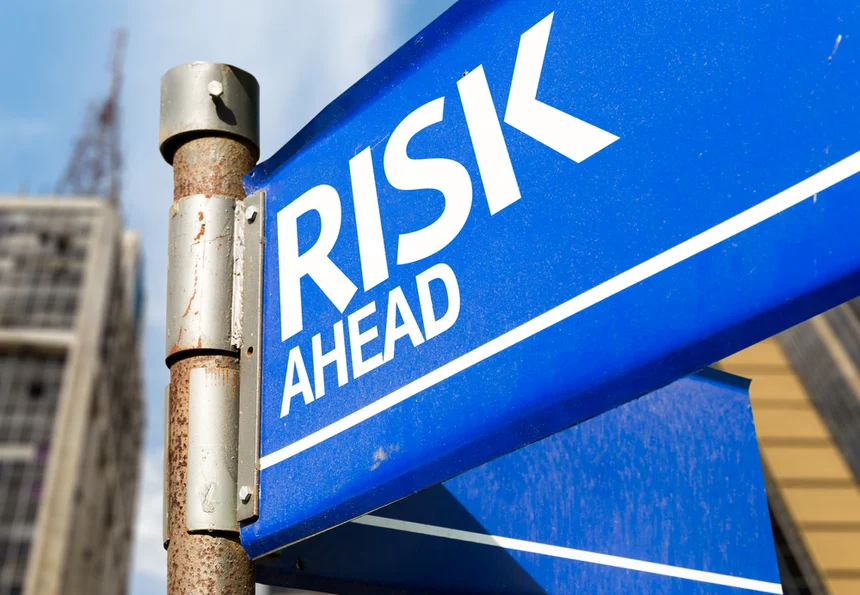World Backup Day: Utilizing Cloud Technology
On World Backup Day, we look to the increasing use of cloud technology for small to medium-sized businesses (SMB) and share how to best utilize the...
2 min read
Valeo Networks : Mar 31, 2022 12:00:00 AM
Taking a proactive approach to backup and disaster recovery planning will safeguard business continuity in the event of an unforeseen incident. With the ever-increasing role of data in businesses today, it is important to make sure that data is being backed up regularly, securely, and in multiple locations. For World Backup Day, we’ve curated a list of best practices and resources to create a solid backup and disaster recovery (BDR) plan.
In today’s world, organizations across every industry rely heavily on data to run at full capacity. If an IT infrastructure is compromised in any way, downtime or loss of data can result in severe financial deficits and even shut down a business. Common causes of data loss include human error, cyberattacks, outages, hardware failure, and natural disasters.
Backup and disaster recovery planning is both the process of backing up important data and the actions to take in recovering lost data. Like a good insurance policy, BDR is an essential part of a company’s overall business continuity plan. Without this, a business takes an enormous risk of potentially suffering a disastrous loss.
According to a University of Texas study, 94% of companies do not survive more than two years after experiencing a catastrophic data loss. Before disaster strikes, businesses must plan ahead so they can bounce back as quickly as possible.

It can be challenging to put together a comprehensive and effective BDR plan but should be a high priority for businesses who either haven’t done so already or haven’t reviewed it in a while. Here is a top-level checklist of best practices for efficient BDR planning:
Want to learn more? Here are some additional helpful resources:

Partnering with a Managed Security Services Provider (MSSP) gives your business the advantage of experienced IT and cybersecurity professionals who can keep your organization safe and efficient. To learn more about how Valeo Networks can provide next-gen solutions and customize backup and disaster recovery planning for your business, reach out today to request a free consultation.


On World Backup Day, we look to the increasing use of cloud technology for small to medium-sized businesses (SMB) and share how to best utilize the...
-1.webp)
How modern data backups outsmart traditional storage methods and improve your business’s disaster recovery Forty percent of companies that do not...

Migrating your business data to the cloud is a smart move that reaps cost and performance benefits from enhanced flexibility, scalability and...

With cutting-edge technology and quality customer service,
you’ll find everything you need to help your company soar
with Valeo Networks.
1006 Pathfinder Way
Rockledge, FL 32955
Business Hours:
M-F: 8AM-9PM
© 2025 Copyright Valeo Networks. All Rights Reserved.